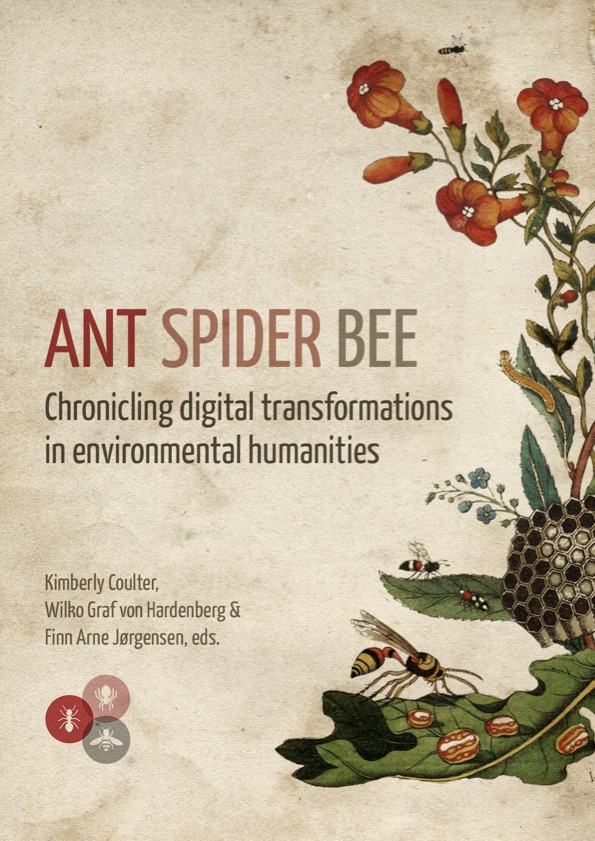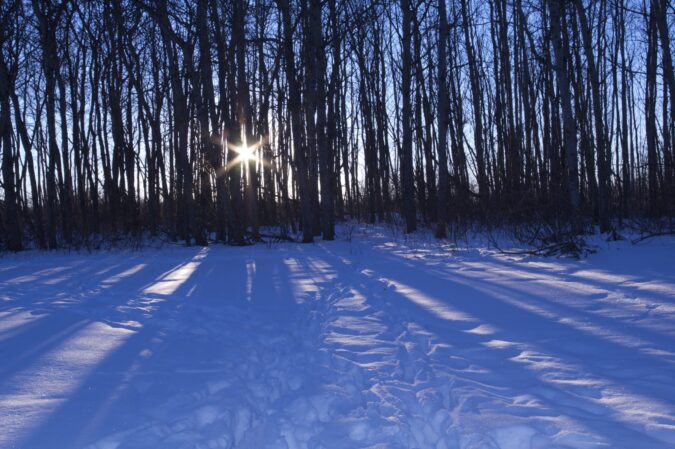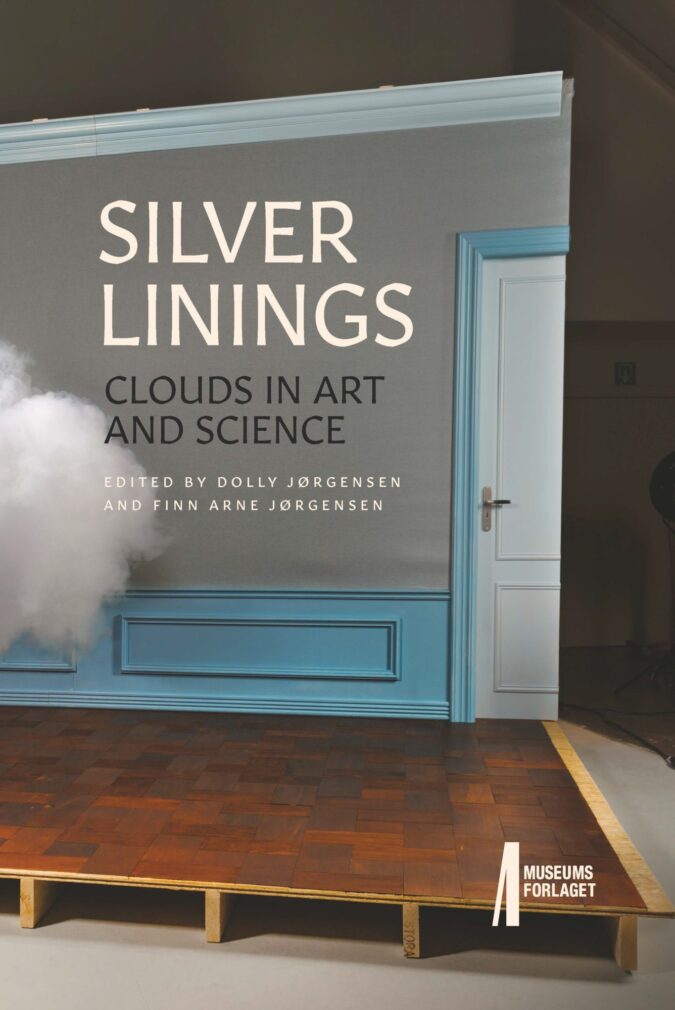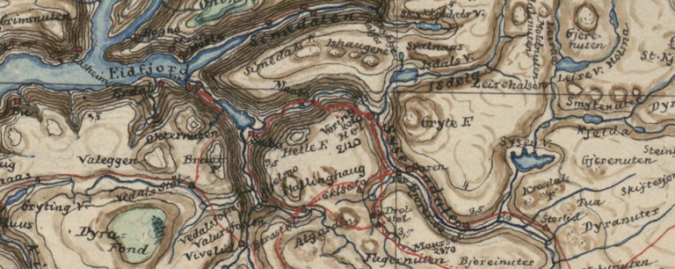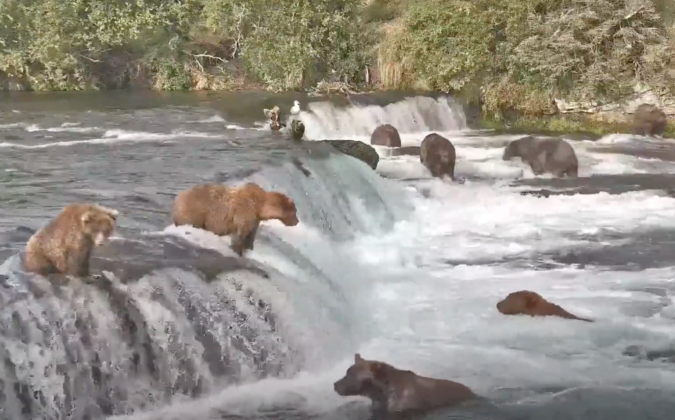Ant Spider Bee: Chronicling Digital Transformations in Environmental HumanitiesEdited by Kimberly Coulter, Wilko Graf von Hardenberg, and Finn Arne Jørgensenspider & cloudAugust 2021ISBN: 978-3-95925-190-7 Inspired by Francis Bacon’s ant, spider, and bee as models of collecting, processing, and transforming knowledge, Kimberly Coulter, Wilko Graf von Hardenberg, and Finn Arne Jørgensen founded the blog Ant Spider Bee to reflect on ways technology was transforming the epistemologies, methods, and dissemination of environmental humanities research. As a kind of time capsule with essays and embedded media by thirty authors, as well as reflections on the project’s own digital practices, this open-access e-book presents snapshots of transformations in knowledge practices during a period of rapid change. The men of experiment are like the ant, they only collect and use; the reasoners resemble spiders, who make cobwebs out of their own substance. But the bee takes a middle course: it gathers its material from the flowers of the garden and of the field, but transforms and digests it by a power of its own.—Francis Bacon, Novum Organum (1620) Available now in Open Access electronic edition.
A volume collecting and documenting the contents of our co-edited blog Ant Spider Bee, whose mission was to engage academics and practitioners in exploration, discussion, and reflection on digital practices, methodologies, and applications in environmental humanities work.
